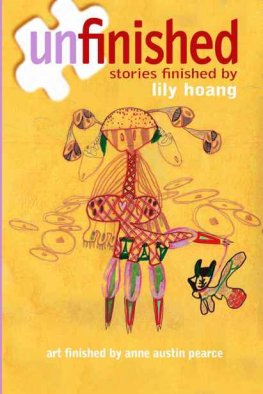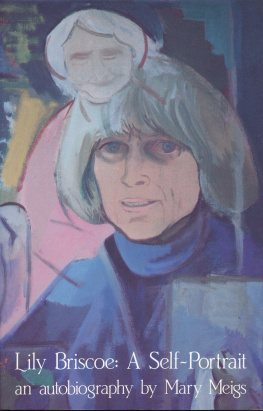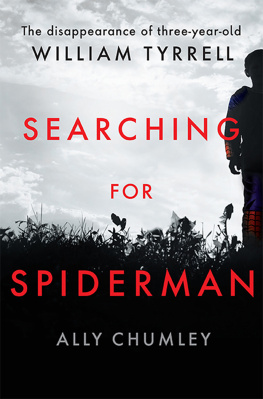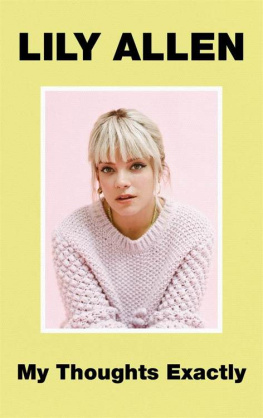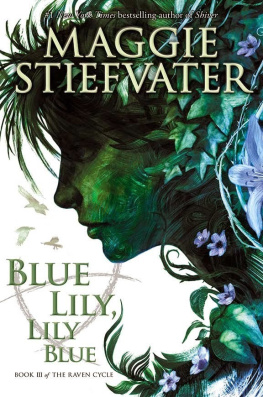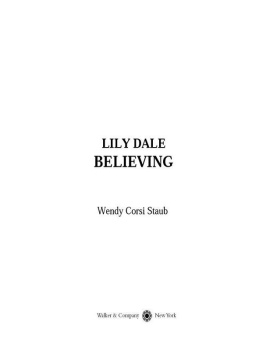Copyright 2016 by Princeton University Press
Published by Princeton University Press,
41 William Street, Princeton, New Jersey 08540
In the United Kingdom: Princeton University Press,
6 Oxford Street, Woodstock, Oxfordshire OX20 1TR
press.princeton.edu
Jacket image, courtesy of the author
All Rights Reserved
ISBN 978-0-691-16497-7
Library of Congress Control Number: 2016935712
British Library Cataloging-in-Publication Data is available
This book has been composed in Sabon Next LT Pro
Printed on acid-free paper
Printed in the United States of America
1 3 5 7 9 10 8 6 4 2
PREFACE
When I told my first roommate in Beijing that I was doing research on art students, she replied that they were not a good subject population for social science: not at all representative of normal Chinese people. I heard this often during my years of research. People in China, as elsewhere, often regard those who do art (gao yishu) as radically different from those who do not. Artists, designers, art teachers, and art students consider themselvesand are considered by othersto be unusual, bohemian, unconventional. But despite these claims of difference, the ordinary conditions of mainstream urban life form the parameters of art and design practice. And though relatively few people call themselves artists, many of those who do, occupy social positions that can hardly be called marginal, with influence on the circulation of culture and capital far beyond their numbers.
Most of the places you go and people you meet during years of fieldwork never come to serve as objects of analysis in ethnography. But for a project that sketches complex social formations in a very large country, an accounting of the sites that inform this text is necessary. The book is based on fieldwork in China from 2006 to 2008, mainly in Beijing and Jinan, as well as short visits to Qingdao, Zibo, Xian, Daqing, Wuhan, and Luohe. Field sites ranged from the institutional to the inchoate, the venerable to the fleeting, the public to the private (whether in terms of access or funding): galleries, museums, small private art test prep schools, art school entrance test grounds, art supply stores, art bookstores, art institutes, coffee shops, design firm offices, and living rooms. Some have since disappeared. Only a few of themthe academies, museums, established galleries, and large firmshad histories, in the sense of self-conscious narratives of becoming.
The same is true of my interlocutors. Some of the strongest voices in this book come from the established artists, successful designers, teachers, and school administrators with whom I conducted interviews, studio visits, and class observationsthose with the most fully articulated biographical narratives who appear under their real names. However, the culture workers I met were diverse in social role, status, income, lifestyle, ethics, and aesthetics. I spent most of my time with art students and recent art school graduates just beginning or still trying to develop narratives about their own creative personality in order to make a living, who appear with pseudonyms. Much of the analysis and commentary in this book is drawn from lunches at restaurants, dinners at home, chats in the studio; only some of these moments were caught on tape, and most appear in the book as I recorded them in my notebooks, during our conversations or immediately after.
In my years of fieldwork a great many people treated me very generously, guiding me around cities and through institutions and graciously helping to manage my gaps in comprehension. Artists, designers, and art professors offered not only extensive interviews, but also instruction and assistance. Students shared their stories with me. There were and are a lot of Americans and Europeans in the art and design scenes in Beijing, and many of the artists and designers I talked to recognized me as one of the foreigners who came to make money in China. When I protested that I was not, they told me I should become one. After all, wasnt it hard to find work in America?
I was fortunate to have affiliations with a series of prominent institutions, which in addition to offering invaluable resources and opportunities for research, gave credence to my story about being a researcher and a student. I was also fortunate to have friends who helped me find a series of residences that showed me various worlds beyond the institutions. In Beijing I spent the academic year 20067 as a language student at Tsinghua Universitys Inter-University Program for Chinese studieswith a grant from IUPwhile working as a translator in a small art book publishing office, going to galleries and art exhibitions and independent music events, visiting art institutes and art test prep schools. I shared an apartment in the Zhongguancun technology area with a recent college graduate turned little white collar in a biotech firm. In 20078, I was a visiting scholar at the Central Academy of Fine Arts, and spent most of my time observing classes, participating in activities, and interviewing students and faculty. I also frequently visited other cities, especially Jinan, talking to artists, designers, students, visiting art institutes and art test prep schools. During this year and a half I lived in a narrow lane behind the Houhai tourist area, in a one-story (ping fang) cinderblock house, sharing an outdoor cooking and washing space with three migrant families from Heilongjiang province. I spent many evenings with a group of bohemian culture workers at a coffee shop in what was just becoming the trendy shopping street of Nanluoguxiang. In the summer of 2008 I moved to the Huoying neighborhood, recently a rural suburb at the northernmost edge of the city, where the elderly neighbors planted corn and subdivided their houses to rent rooms to migrant laborers, their middle-aged children often driving taxis in the city, while old neighborhoods were torn down all around to accommodate new housing developments for the little white collars and beipiao (people who had come from elsewhere for work) who were being pushed out from the city center. Huoying had a large community of underemployed hipsters, artists, and musicians.
In the fall of 2008 I was a visiting scholar and lecturer at the Shandong Academy of Art and Design in Jinan, teaching and visiting classes and critiques, interviewing students and faculty, visiting studios, living in the foreign faculty dorms (which were chained shut at ten oclock each evening, even before the student dorms were locked), and taking the faculty bus from the campus in the city to the suburban campus where the students lived and took their classes. In 2009, 2010, and 2011, my family moved back and forth between Chicago and Beijing. I wrote up most of my research in a typical upscale housing development close to the Olympic stadium, where many apartments were occupied by unmarked offices. Wealthy middle-aged professionals, their children, and their elderly parents lived in the apartments above ground, while domestic workers and security guards lived down below, in the underground spaces between the parking lots full of Audis and Mercedes. I learned much from talking with these neighbors on the playground; this mainstream community gave me a different perspective on the artistic subcultures that I was writing about, and a more intimate sense of the bourgeois life that the young artists and designers I knew were aspiring toward or, in some cases, seeking to escape.





